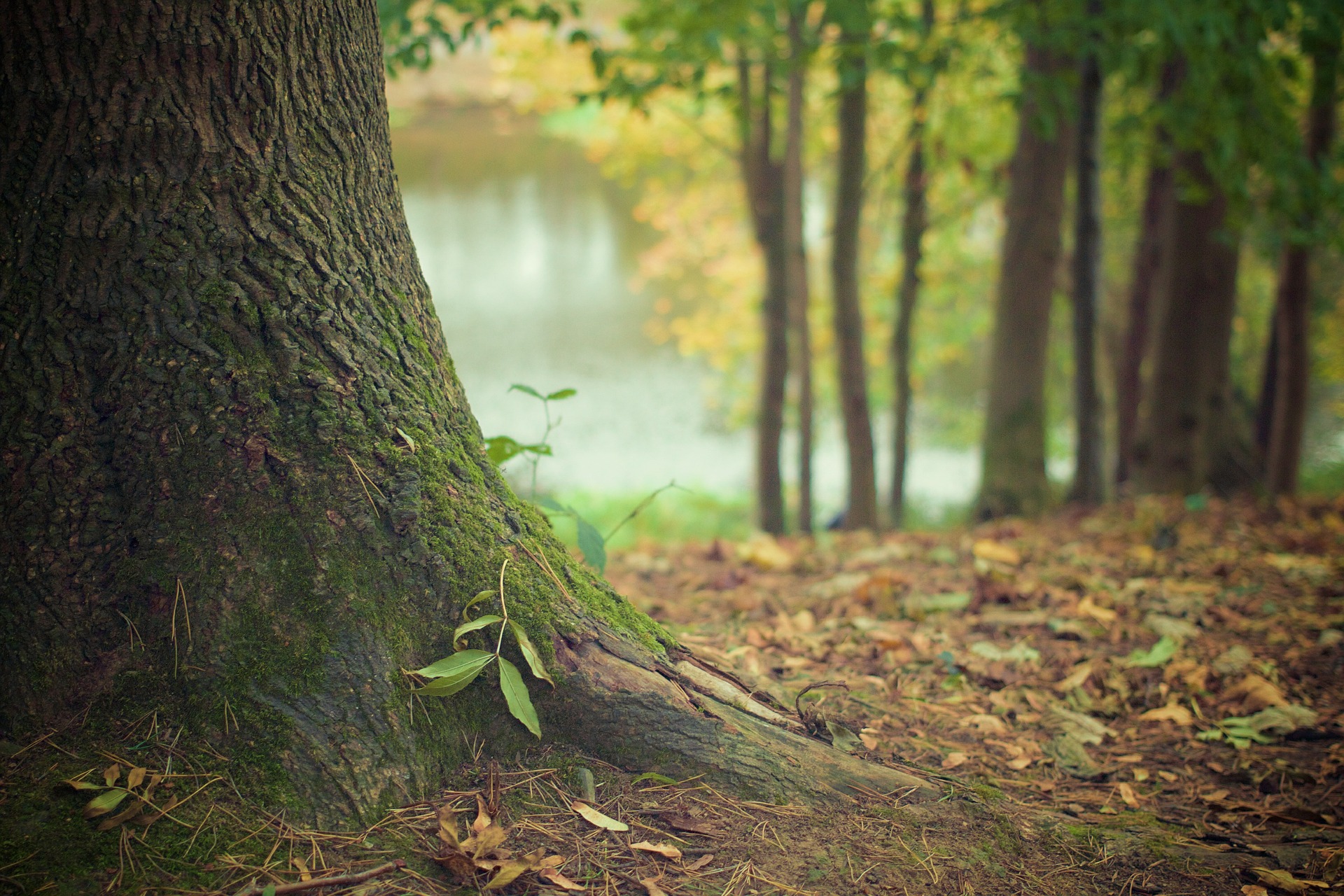Strengthen Forest Health. Here's How.
Posted by Jennifer Smith on 10th Jul 2019
Hikers will be the first to state that part of the walking adventure is within the woods looking at the diverse types of trees in the forest. Each tree tells a story about age, tree type and health. For forestry professionals, their job is to care for the forests and when they see trees decline in health, they will start to wonder about the best strategy to improve forest health. Here's what they need to know:

Wildlife
The main threat to forests comes from wildlife. Deer and other wildlife call forests their home; and because of that, they often trash the areas. In the summertime, deer will grow velvet on their antlers, which is quite uncomfortable for them; so, by fall, they will warm up to trees to remove the velvet by rubbing their antlers against tree bark. In turn, damaging the trees.
Rabbits and other small critters will eat fallen leaves and rummage through plants that they can find as their main food source, destroying the look of landscapes.
How To Protect Forests From Wildlife
Forest managers can beautify forests by installing tree guards around young trees and deer fencing to keep wildlife away from trees. This is the best strategy for protecting forests from wildlife damage.
Other Factors Affecting Forest Health
Human Contact
Wild animals aren't the only ones ruining the forests. People are littering, leaving empty water bottles and trash everywhere for forest managers and clean up crews to manage. What's worse, people leave open camp fires blazing where trees can easily catch on fire.
Climate Change
The heat of summer can present a problem for forests, especially if there is not sufficient water supply from Mother Nature. Forests will be at high risk for wildfires if natural water is not available.
#parksandrecreationmonth
